| Pinaceae (Pine) |
The Pinaceae is the largest extant conifer family and includes pines, spruces, firs, larches, hemlocks, and true cedars. It contains 11 genera and 220-250 species restricted to the Northern Hemisphere, where they often forms the dominant component of boreal, coastal, and montane forests. The family is most diverse in the mountains of China, Japan, Mexico, and California. The majority are trees, growing up to 40-100 m tall, but the Pinaceae also includes shrubs. Most species are evergreen (although Larix and Pseudolarix are deciduous), resinous, with spirally arranged, needle-like leaves. The seed cones are large and woody, 2-60 cm long; the pollen cones are small, 0.5-6.0 cm, and fall shortly after pollination. Pollen is dispersed by wind, and seeds by wind, birds or squirrels.
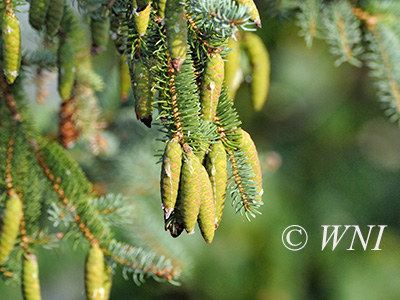 |
White Spruce (Picea glauca) |
|
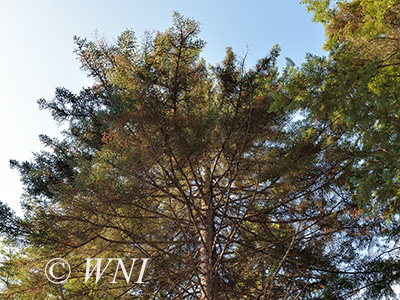 |
Red Spruce (Picea rubens) |
|
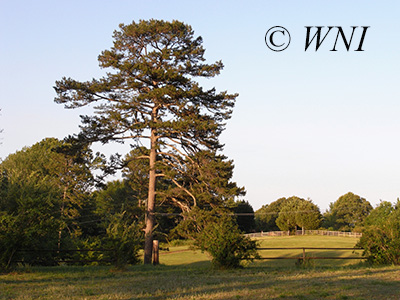 |
Slash Pine (Pinus elliottii) |
|
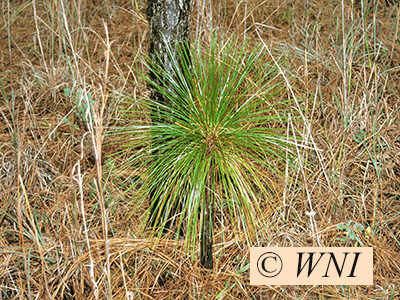 |
Longleaf Pine (Pinus palustris) |
|
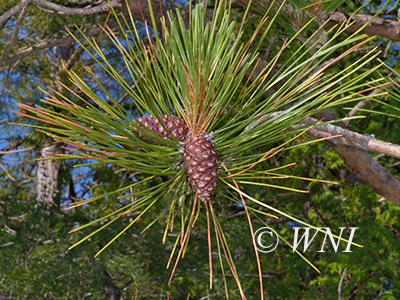 |
Red Pine (Pinus resinosa) |
|
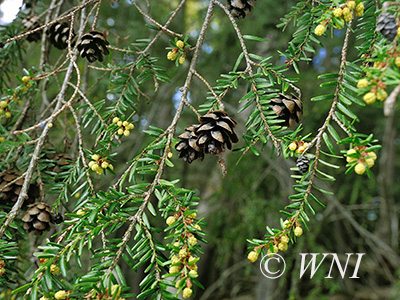 |
Eastern Hemlock (Tsuga canadensis) |
|
| Unauthorized use of our images is NOT permitted. | ||
| Hotlinking or "pinning" of our images to websites is STRICTLY PROHIBITED. | ||
| Copyright © Michael Patrikeev - All Rights Reserved | ||
| |
||





